We are going to be focusing on Dogs today. The reason for this is that when I was showing my landlord photographs of Sheep yesterday I spoke to Fizz’s owner (Margaret) and promised her some pictures of Fizz.
So where should I take Fizz for a photo shoot? Yesterday I found and photographed a wildflower called Teasel (You know what Teasel is don’t you? Of course you do) This is the first time that I have found Teasel growing in the forest. I am not really happy with my pictures so my plan is to take Fizz back to where I found the Teasel and shoot her there.
Years ago I used to walk my Dog, Max in a field full of Teasel and another plant that I have never seen here called Weld. Weld isn’t the most beautiful of flowers but I am absolutely humbled to be in it’s presence and I will tell you why in a little bit.
In keeping with my theme of Dogs I am starting this post with a short video of the field. There is no Teasel or Weld growing in this field because the video was shot in winter but it is the field.
Max was not cute like Fizz, he was my brother.
So that is the field, this is Weld.
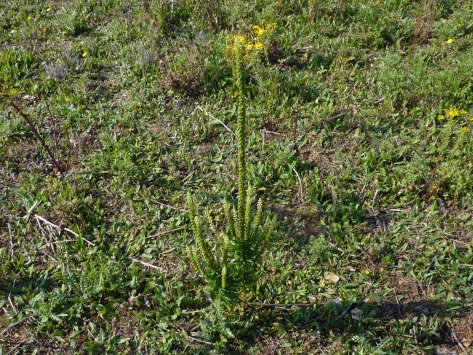 Now if you don’t know Weld you are probably thinking, “Aw Col, that is rubbish.”
Now if you don’t know Weld you are probably thinking, “Aw Col, that is rubbish.”
No. You are wrong. Weld is ancient and you must have respect when you walk amongst it.
Weld is used to produce a yellow dye of outstanding colour and quality. A clear and intense colour. It is the standard by which all other yellows are judged.
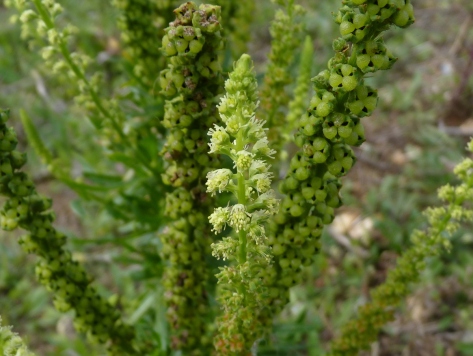 It is also the oldest European dye plant that history records.
It is also the oldest European dye plant that history records.
It was mentioned in the Hebrew Bible and was used in Ancient Rome and Egypt. Pliny the Elder (23AD – 79AD) gave it the name Reseda from the Latin Resodo meaning “I Calm.”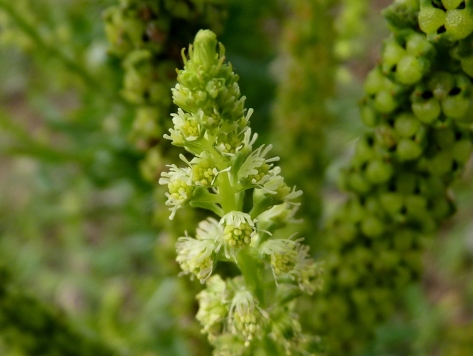 This dye plant pre-dates the use of Woad by the Ancient Britons but by the Middle-ages cloth of Lincoln Green was being produced by over dyeing Woad Blue with Weld.
This dye plant pre-dates the use of Woad by the Ancient Britons but by the Middle-ages cloth of Lincoln Green was being produced by over dyeing Woad Blue with Weld.
Robin Hood and his merry men wore this plant’s dye, you have to respect it just for that.
Weld was also highly prized by medieval artists and illustrators of manuscripts. It is living history.
Today Weld is still grown commercially in Normandy for dyeing silks. No synthetic dye has ever been produced that can match it.
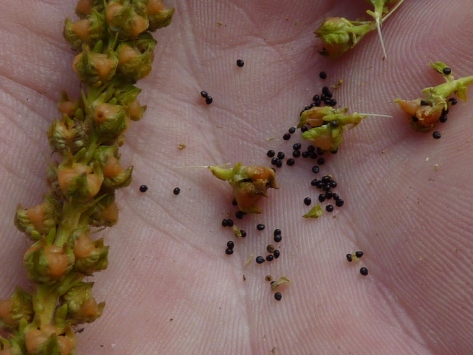 So that is Tuesday’s Weld. Now I am going to finish up with another video of my Canis lupus familiaris just because I like to see him. This video isn’t from the field this is waking up in the wood.
So that is Tuesday’s Weld. Now I am going to finish up with another video of my Canis lupus familiaris just because I like to see him. This video isn’t from the field this is waking up in the wood.

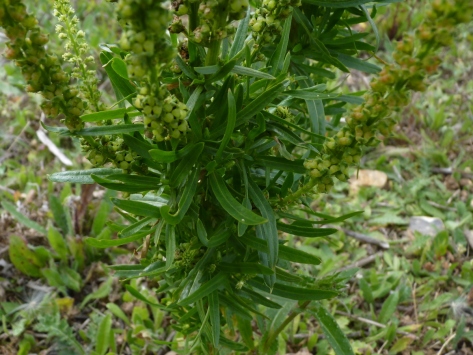
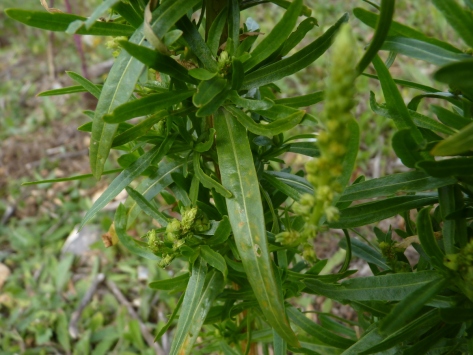
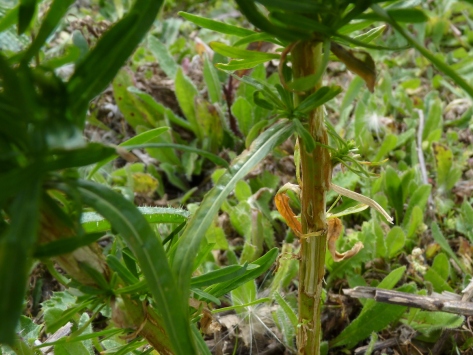
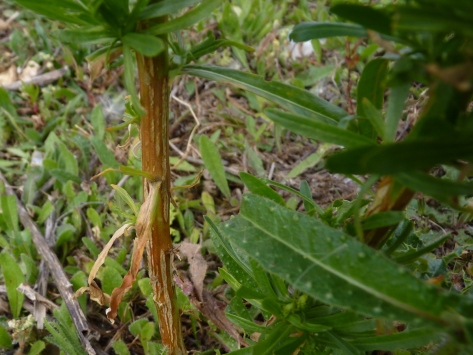

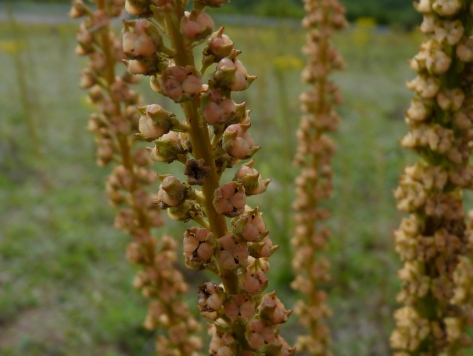
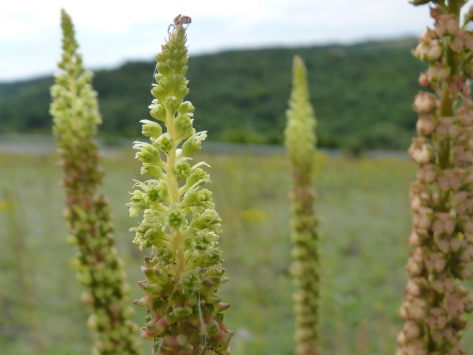
Max was a beautiful pooch – I love the vid of him listening to the dawn chorus. And thank you very much for the fascinating history lesson, think I’m gonna head out and spot me some weld 🙂
LikeLike
Tuesday Weld but no Dudley Moore? Or is he hiding? Max looks so alert and the soundtrack is very soothing. Woad? I have a vewy gweat fwend in Wome who built woads. Centuwion, why do you titter so?
LikeLike
Thanks for sharing such interesting history. Plants and the people who use them- fascinating stuff!
Max was a beautiful dog.
Our dog died this summer, and the ache for her as well as a new ache to go looking for a new dog just gets to me some days. I grew up with shepherds, and would love to have one again.
LikeLike
I don’t blame you for liking to look at Max — he’s gorgeous!
LikeLike
Max is absolutely beautiful! I so enjoyed looking at him. He reminded me of my sister’s German Shepard, Thunder. Thanks for sharing Max with us. Wonderful animal!! Happy Trails!
LikeLike
Fascinating. Thank you. Love the dog My favorite breed:) and the bird song.
LikeLike
What a fine and noble friend Max looked to be and so incredibly handsome too 🙂
LikeLike
Thank-you for sharing the Max videos. Andrews comment made me laugh and the photos of Weld were fascinating. I have never seen the plant knowingly.
LikeLike
Fascinating! Thank you for sharing!
LikeLike
Colin, another fabulous post and two gorgeous videos. Max was beautiful and the bird song in the woods is just lovely.
Thank you for sharing – I’ll be back for more.
LikeLike
Thanks for sharing this marvelous plant with such an impressive history with us. Max looked to be very intelligent and probably a incredible friend. That dawn chorus was wonderful!
LikeLike
I knew about weld and woad as I used to spin and dye the wool (a long time ago), but I didn’t know they produced Lincoln green. Thank you.
LikeLike